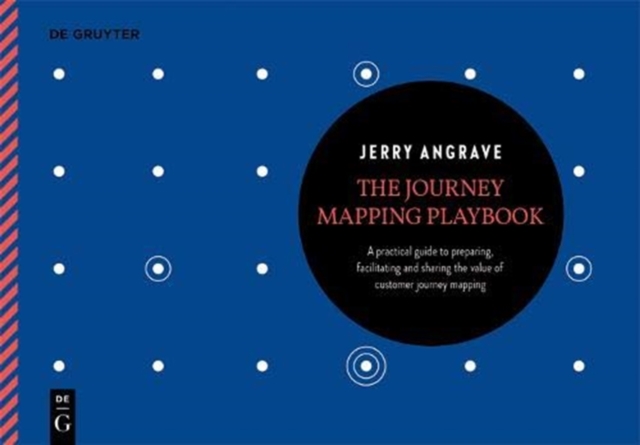CITESTE MAI MULT
Detalii
Descriere RO
34 percent of all companies currently engage in the process, popular companies like Starbucks and Uber depend on customer journey maps to convey the importance of their customer's experience at all levels of transactions to the entire company
- cmnty.com
If, as a business, we are to benefit commercially from being more customer-centric then it goes without saying that we need to understand our customers better. We need to empathise with how we fit into their lives, not how we want them to fit into our processes.
That's what journey mapping is all about; documenting and acting on what it's really like to be a customer. It's a simple and effective tool used by organisations throughout the world and across every sector. Done effectively and strategically, its influence can be significant. It's a tangible, very relevant way to capture what customers are doing, thinking and feeling as they interact with us. And by overlaying what else we know from our operational metrics and existing feedback and then by validating it all with customers, we create compelling reasons to change what can be improved and celebrate what's already great.
34 percent of all companies currently engage in the process, popular companies like Starbucks and Uber depend on customer journey maps to convey the importance of their customer's experience at all levels of transactions to the entire company - cmnty.com
If, as a business, we are to benefit commercially from being more customer-centric then it goes without saying that we need to understand our customers better. We need to empathise with how we fit into their lives, not how we want them to fit into our processes.
That's what journey mapping is all about; documenting and acting on what it's really like to be a customer. It's a simple and effective tool used by organisations throughout the world and across every sector. Done effectively and strategically, its influence can be significant. It's a tangible, very relevant way to capture what customers are doing, thinking and feeling as they interact with us. And by overlaying what else we know from our operational metrics and existing feedback and then by validating it all with customers, we create compelling reasons to change what can be improved and celebrate what's already great.
A journey mapping workshop is just the start. It can be a fantastic catalyst for driving a customer centric culture. It involves people across all functions who can then act as your customer champions wherever they work. It means business decisions are made in full knowledge of the direct and indirect impact on customers. We can prioritise changes to be the ones that will help us demonstrate our brand promise most clearly and deliver on our purpose. And we can measure how well we do what's most important to our customers, not just carry out a mechanical audit of our processes.
Journey mapping is a hugely versatile tool that will benefit any organisation of any size and complexity. It can be used to establish the starting point; a common understanding of what today's experience is really like. Beyond that we can use the frameworks to design future-state and innovative experiences, we can map the journeys of other customers personas and employees.
So if we get it right and make the right, empathetic changes, customers will buy from us again, they'll be prepared to pay more, buy more and they'll tell everyone to do the same. We can communicate with them in their language and in a way that's more relevant and timely. And those involved will learn more about their own business; they will establish informal and formal cross functional working relationships. It stimulates excitement and stories within the business where everyone wants to get involved and support the drive for greater customer centricity. What then follows is simple: better experiences mean better business.
Companies that transform how they grow and are deliberate about it, do so because they think about the people at the end of their decisions. The intent of their work is to "earn the right" to grow by improving their lives. A journey framework, even in its simplest form when used with consistency provides rigor to understand where the priorities in customers' lives are. - Jeanne Bliss
EdituraDe Gruyter
Dimensiuni170 x 240 x 14
Data Publicarii12/10/2020
Format
Necartonata
Numar pagini156
Aceasta este o carte in limba engleza. Descrierea cartii (tradusa din engleza cu Google Translate) este in limba romana din motive legale.
34% din toate companiile se angajeaza in prezent in acest proces, companii populare precum Starbucks si Uber depind de hartile calatoriei clientilor pentru a transmite importanta experientei clientilor lor la toate nivelurile de tranzactii catre intreaga companie - cmnty.com Daca, ca afacere, suntem pentru a beneficia din punct de vedere comercial de a fi mai centrat pe client, este de la sine inteles ca trebuie sa ne intelegem mai bine clientii.

